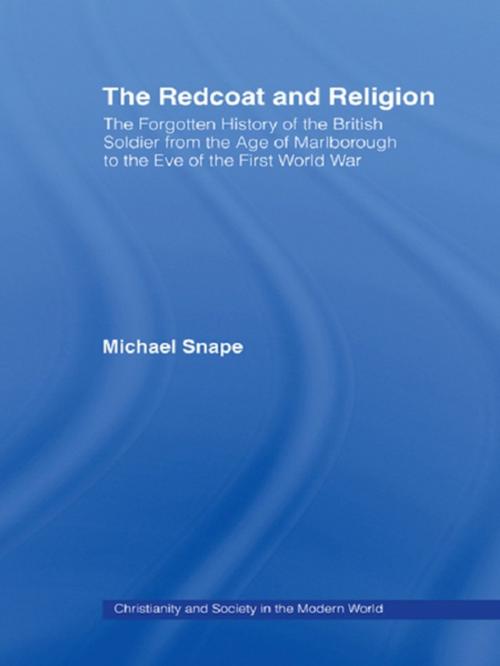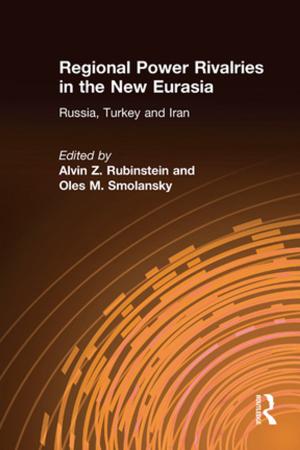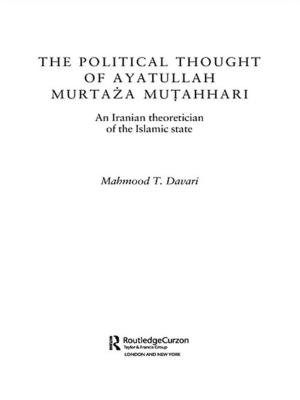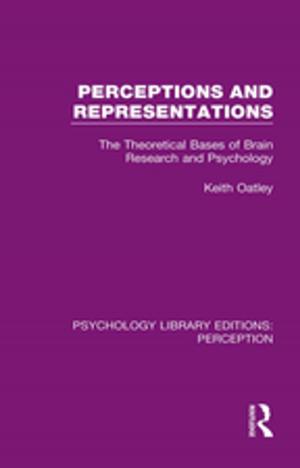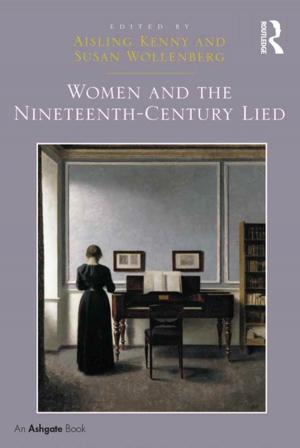The Redcoat and Religion
The Forgotten History of the British Soldier from the Age of Marlborough to the Eve of the First World War
Nonfiction, Religion & Spirituality, Reference, History, Military, World War I| Author: | Michael Snape | ISBN: | 9781136007422 |
| Publisher: | Taylor and Francis | Publication: | January 11, 2013 |
| Imprint: | Routledge | Language: | English |
| Author: | Michael Snape |
| ISBN: | 9781136007422 |
| Publisher: | Taylor and Francis |
| Publication: | January 11, 2013 |
| Imprint: | Routledge |
| Language: | English |
This compelling study presents the most comprehensive examination available of the role of religion in the army during the eighteenth and nineteenth centuries.
Through extensive analysis of official military sources, religious publications and personal memoirs, Michael Snape challenges the widely-held assumption that religion did not play a role in the British Army until the mid-Victorian period, and demonstrates that the British soldier was highly susceptible to religious influences long before the Crimean War and Indian Mutiny rendered the subject of wider public concern.
In The Redcoat and Religion Snape argues that religion was of significant, even defining, importance to the British soldier and reveals the enduring strength and vitality of religion in contemporary British society, challenging the view that the popular religious culture of the era was wholly dependent upon the presence and activities of women.
Students of British history, military history, and religion will all find this an insightful resource for their studies.
This compelling study presents the most comprehensive examination available of the role of religion in the army during the eighteenth and nineteenth centuries.
Through extensive analysis of official military sources, religious publications and personal memoirs, Michael Snape challenges the widely-held assumption that religion did not play a role in the British Army until the mid-Victorian period, and demonstrates that the British soldier was highly susceptible to religious influences long before the Crimean War and Indian Mutiny rendered the subject of wider public concern.
In The Redcoat and Religion Snape argues that religion was of significant, even defining, importance to the British soldier and reveals the enduring strength and vitality of religion in contemporary British society, challenging the view that the popular religious culture of the era was wholly dependent upon the presence and activities of women.
Students of British history, military history, and religion will all find this an insightful resource for their studies.
